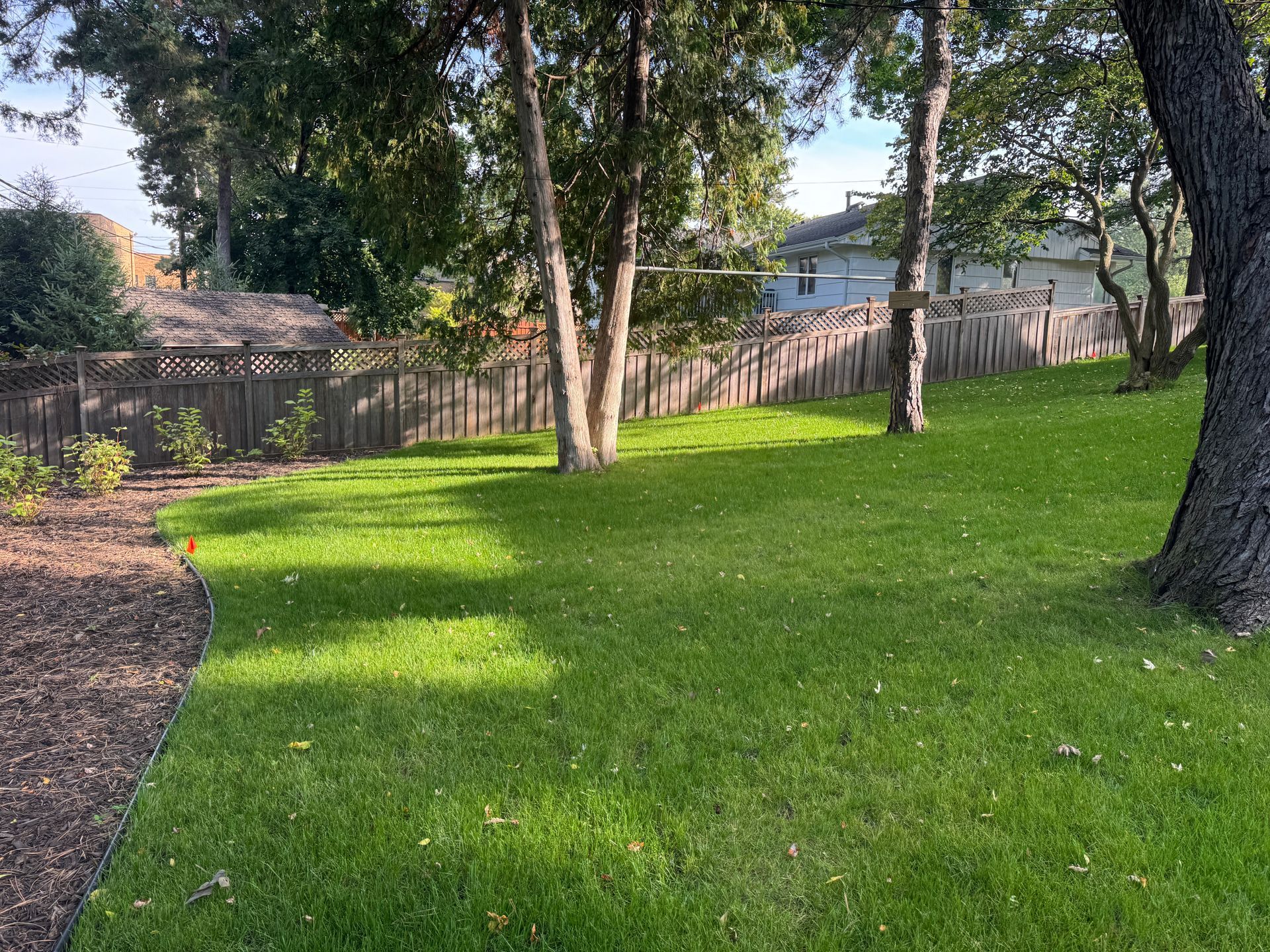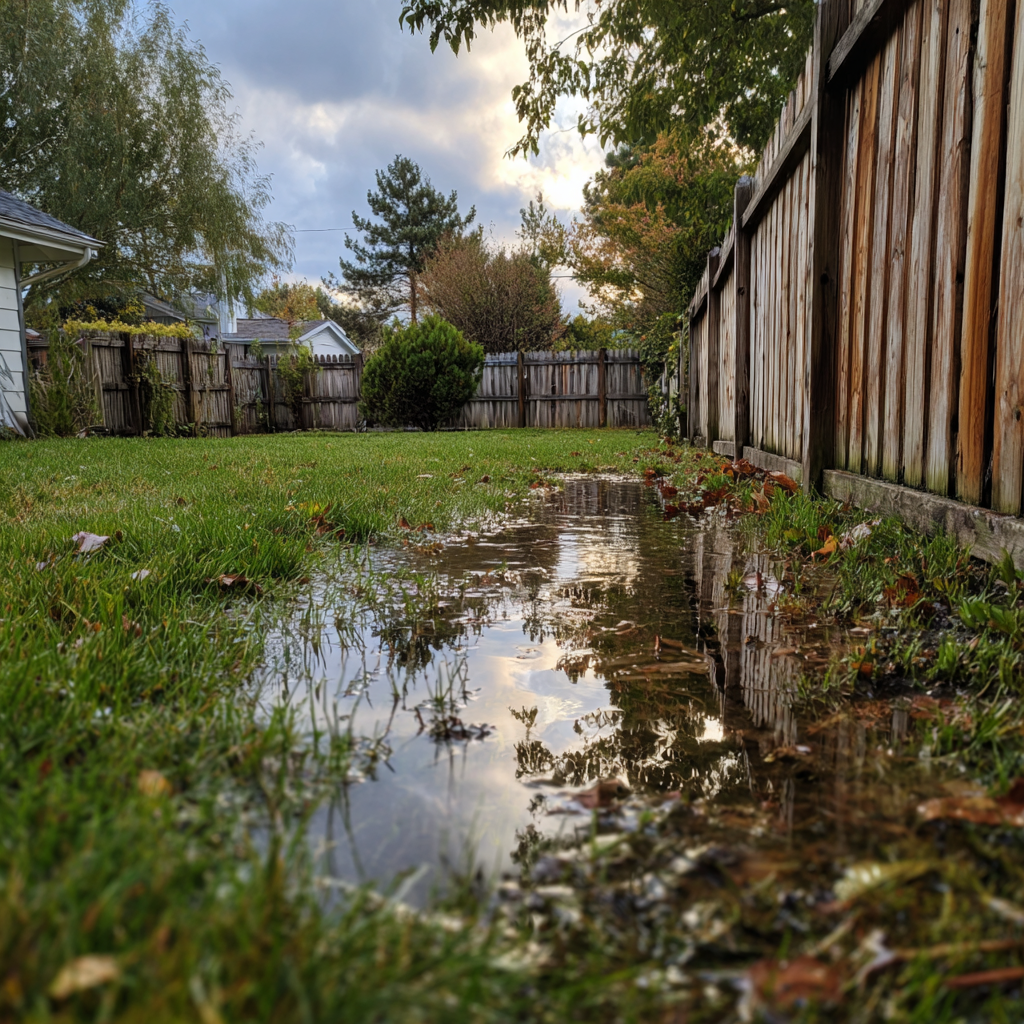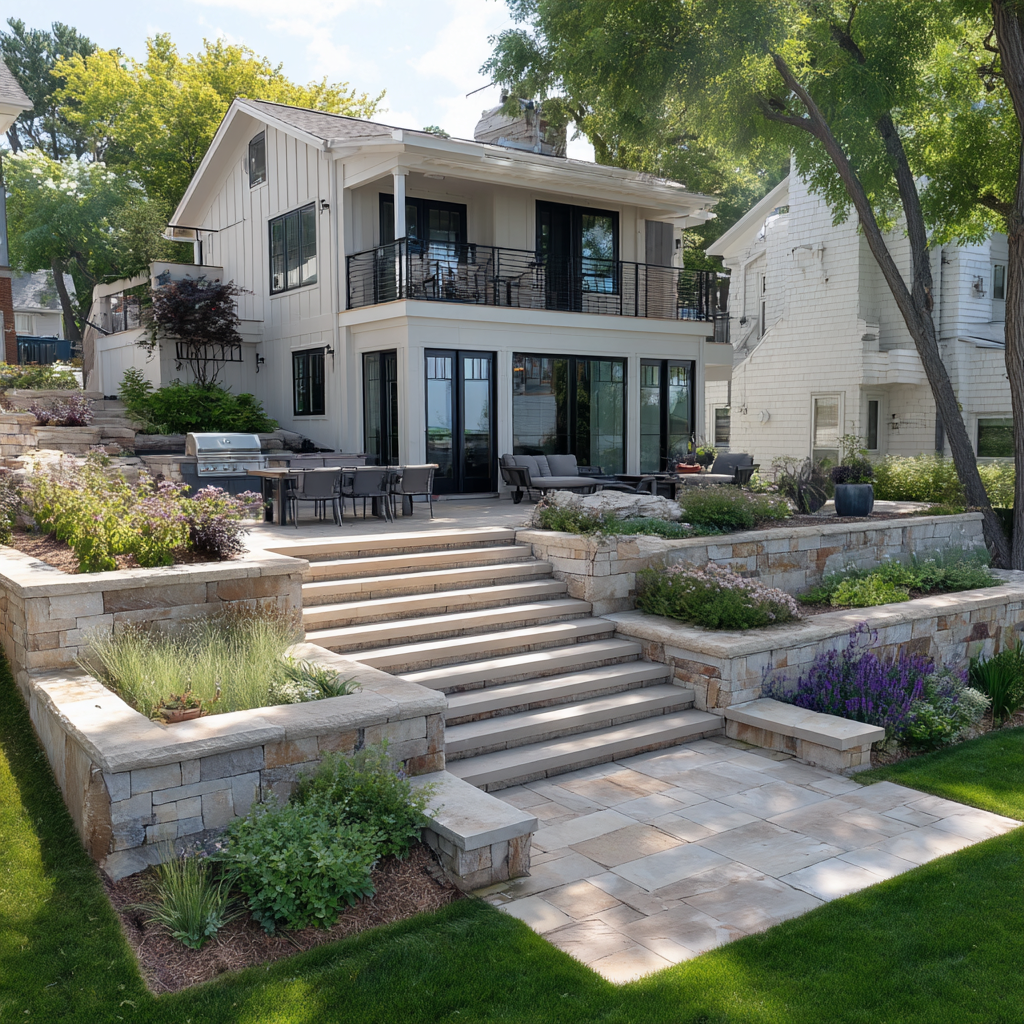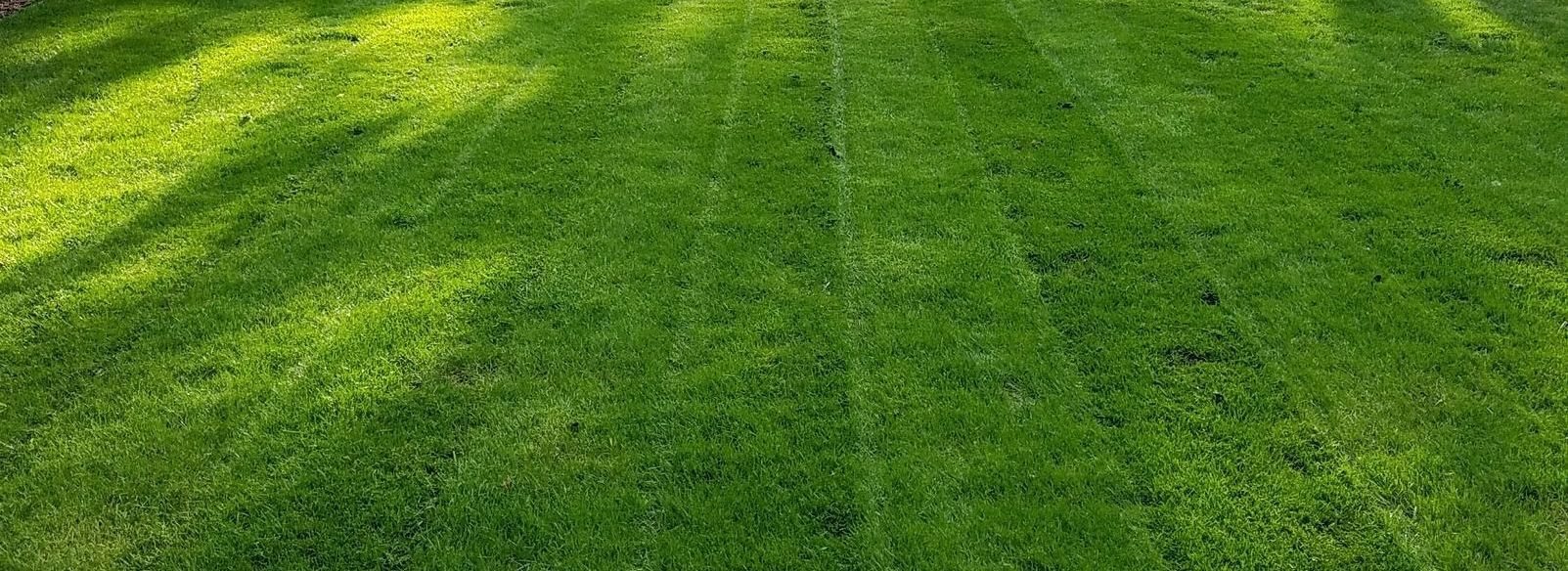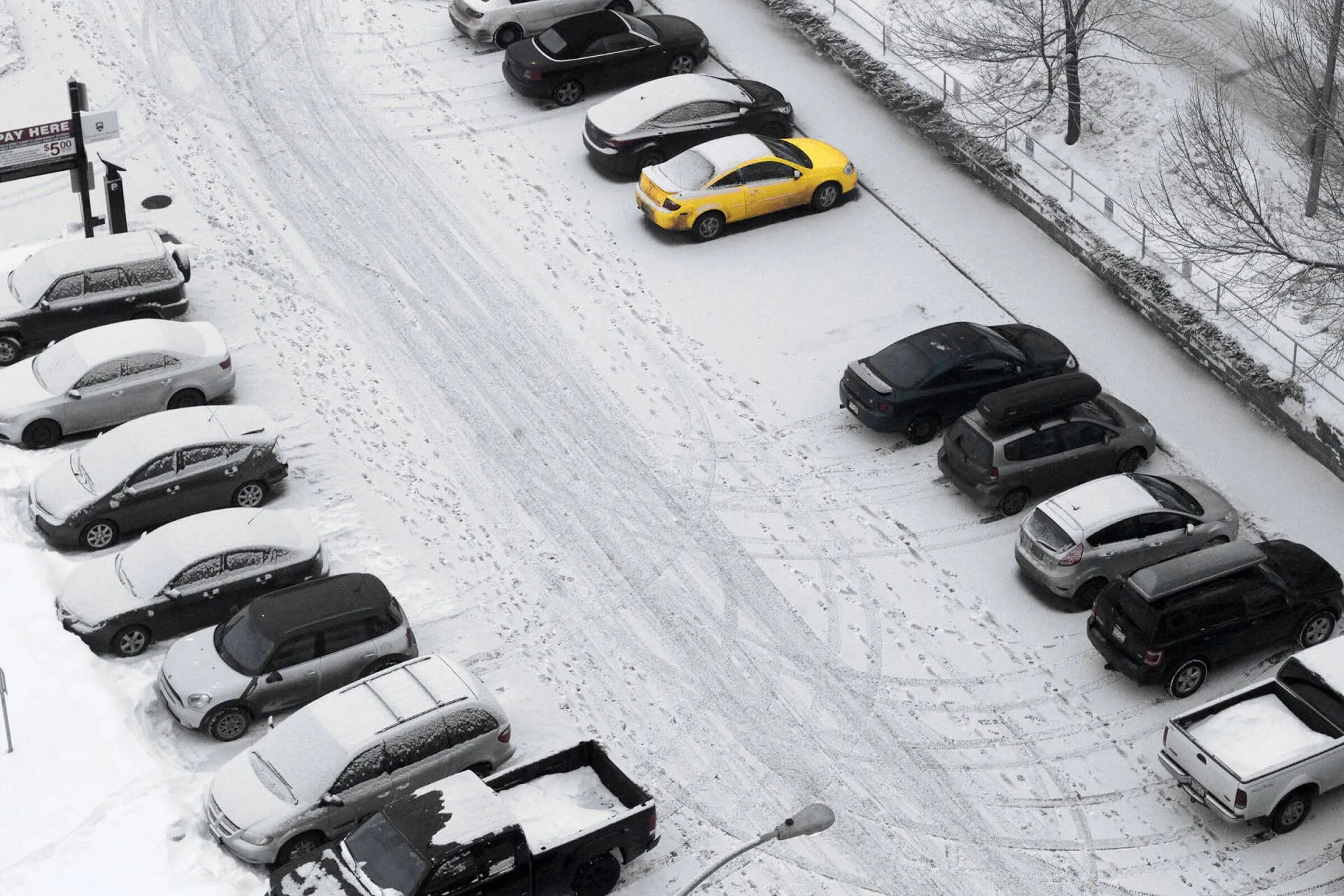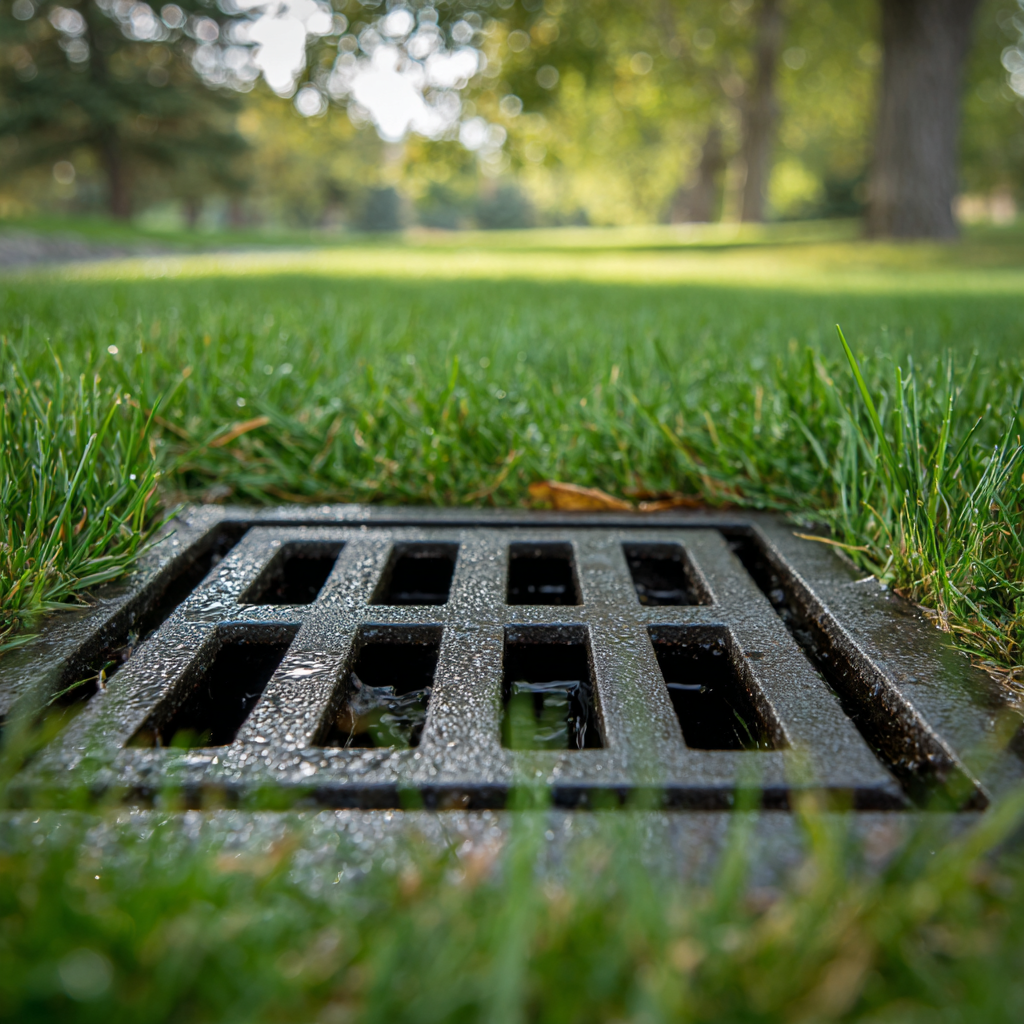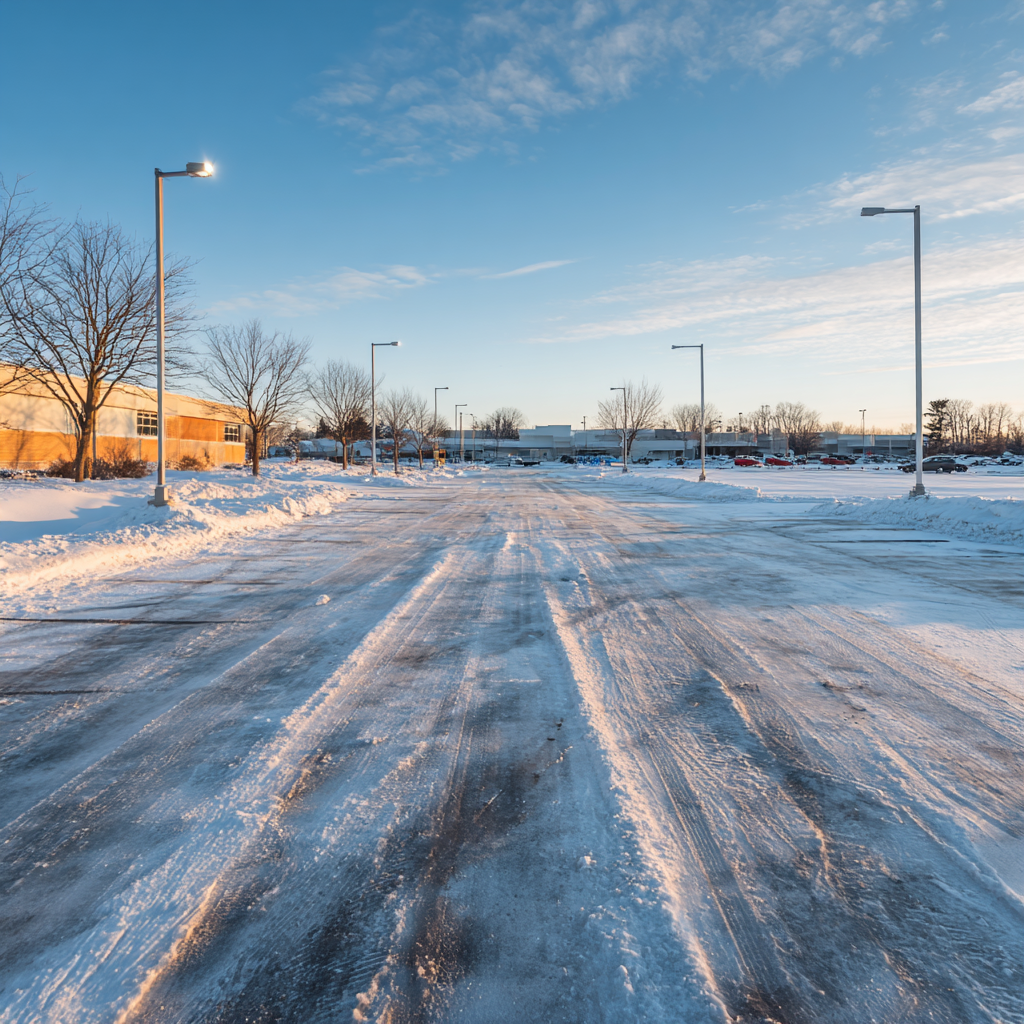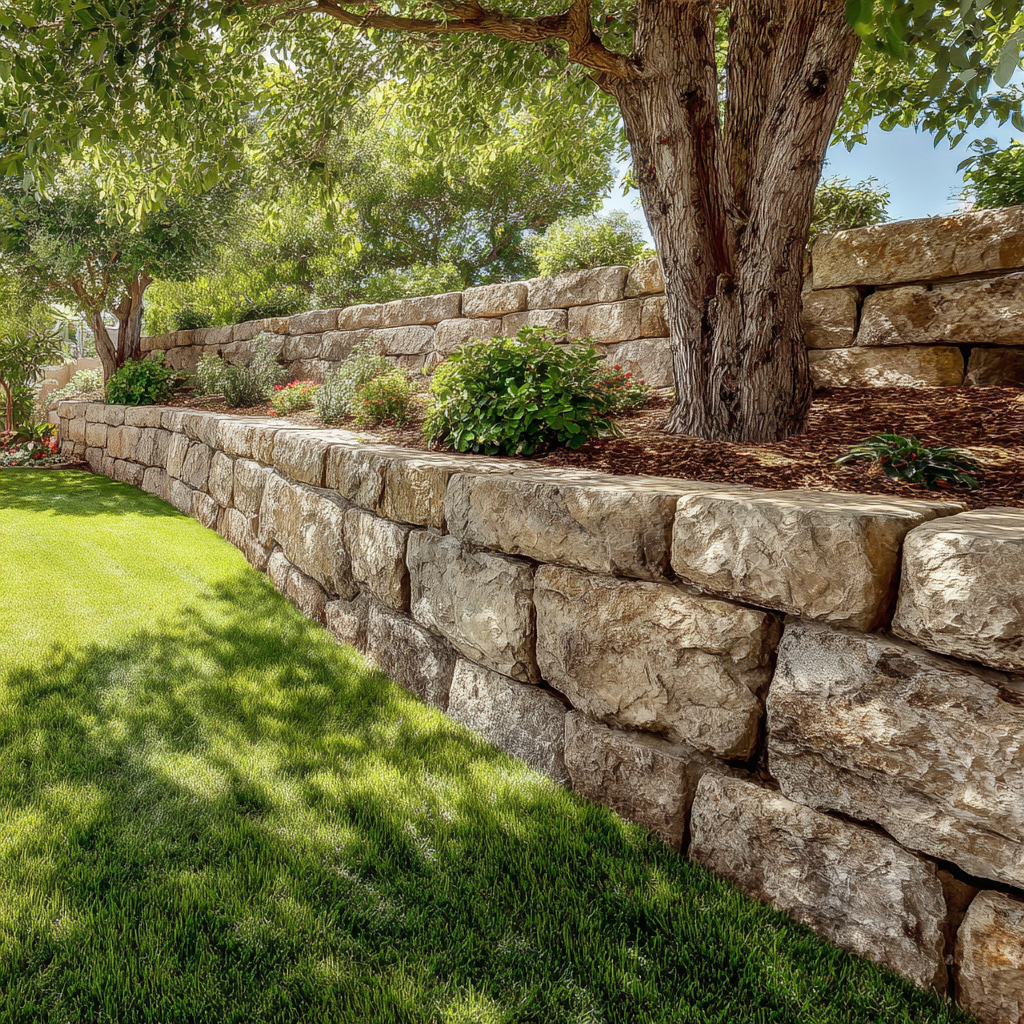Selecting a Nursery Tree for Beginners
When the winter months start to wrap up, and the warm weather makes its comeback, many homeowners opt to start improving their property’s curb appeal. An easy way to make your yard an attractive forest oasis is by planting trees in the spring. You can visit your local nursery to see the various available species and decide what will look best and thrive well on your property.
A nursery is a retail or wholesale location where plant propagation takes place. Florists and arborists ensure that the trees and plants grow to a specific age and size before making them available for purchase by the public or commercial enterprises. Ideally, all the trees in a nursery should be healthy and ready for planting; however, this is not always the case. If you’re not well-educated on choosing a nursery tree, take some time to learn about the key considerations to take before deciding on species for your yard.
What To Consider When Choosing a Nursery Tree
Choosing a healthy and attractive nursery tree can seem challenging for beginners. There are a few crucial considerations to make before deciding on the right species for your property. When selecting a nursery tree to plant on your property, think about the following things:
Work with a local landscaping company to determine which types of trees will flourish in your backyard forest. Once you’ve educated yourself on the fundamental considerations for choosing a nursery tree, you can start crafting a beautiful backyard scene for you and your family to enjoy all year round.
1. Healthy Growth
The easiest part of choosing a nursery tree for beginners is inspecting the tree’s health visually. You want the trees in your yard to look attractive as soon as you plant them. Right away, upon entering the nursery, you’ll surely notice some trees that look a little worse for wear. Understandably, you’ll want to avoid these trees. Instead, look for characteristics that indicate healthy growth, including:
It’s essential to inspect the trunk, branches, leaves, and roots of the tree you’re considering buying. Perhaps the most important part of selecting the perfect nursery tree examining is its root system. Don’t be afraid to pull away the burlap wrapping the rootball to ensure the presence of budding buttress roots, shoots, and small fibrous root systems. Without the root system intact, your tree will quickly wilt and die.
2. Tree Functionality
Another critical factor to consider when purchasing nursery trees is the function they will serve. If you have steep grades or slopes on your property, look for trees with robust root systems that provide stability to the soil so you can avoid destructive dirt slides and other issues. Ideal tree species for slopes include:
3. Shape and Size
Consider the size and shape of the tree species you wish to plant in your yard. Ornamental trees that are less substantial in size will thrive in smaller yards
while larger trees help stabilize slopes on sprawling properties. Consult with a landscape designer to determine the best size and shape of trees for specific areas around your yard.
4. Soil Conditions
One of the most important but often overlooked factors for selecting a nursery tree is soil conditions. There is a wide range of soil types that vary across landscapes worldwide. Depending on the location, your yard might be made up of sand, silt, clay, peat, or loam, all of which can have different effects on a tree’s growth.
Determine the type of soil present on your property and find tree species that suit the specific soil type. Minnesota’s plant hardiness zones fall between four and five, the most common soil type is sandy loam, and it’s very acidic. Choose the perfect tree for your soil
with a professional’s help or undertake additional research by yourself before heading off to the nursery to make a selection.
5. Environment
If you want your trees to thrive, you also need to take extra care in considering the environment in which you live. Some species of trees can’t live under certain conditions. Additionally, there are environmental conditions that can cause serious catastrophe to your home and property. If your area is prone to strong winds or rainstorms, planting large trees near your house can create a risk for falling limbs, broken windows, and damaged roofing. Determine the typical environmental conditions in your area before choosing the right size tree to plant on your property.
Signs of an Unsuitable Nursery Tree
Although the specific purpose of nurseries is to propagate healthy trees for purchase by the public, some trees will, unfortunately, be unsuitable for planting. There are several signs of unsuitable trees to look out for when purchasing plants at a nursery. If you notice any of the following symptoms of poor plant health, avoid purchasing that particular tree:
All of these issues can lead to tree death soon after planting. It’s essential to understand the positive characteristics as well as the negative ones when choosing a nursery tree.
Growing Your Own Backyard Forest
Your backyard should be a place where you and your family go to relax and enjoy the sights and sounds of nature. Planting trees or even your own backyard forest
is a fantastic way to create an enjoyable atmosphere on your property. Trees are a suitable habitat for many birds and animal species, plus they offer plenty of shade to sit under in the summer months.
Once you visit your local nursery and choose the ideal tree species for your property, you can craft an outdoor landscape that not only attracts your friends and family but local fauna as well. Contact
an experienced landscape designer to help determine the species of trees most suitable for your property so you can watch them flourish throughout the year.
The post Selecting a Nursery Tree for Beginners
appeared first on KG Landscape Management.

